Calcium carbonate powder production line
In industry and production, different industries are interdependent. Stone industry products are used as raw and main materials in many factories. Calcium carbonate is one of the minerals with extremely wide application in various industries. This widely used material is found in the form of impure rock in mines and in order to be used in production and factories, it is necessary to apply some changes to it.
Application of calcium carbonate in industry
Calcium carbonate is often used as a filler in the chemical and petrochemical industries, polymer, medicine and pharmaceutical production, paint and resin, pipes and profiles. In the paper industry, this powder is used as a main filler, especially in waste paper recycling. In the iron and metal smelting industry, it is used in oxygen furnaces to remove impurities from calcium carbonate powder.
Superfine calcium carbonate powder production line processes
Calcium carbonate is used in various industries in the form of powder. The softer and finer the powder, the better its quality and finds special applications. In the production line of superfine calcium carbonate powder, new machines are used instead of old machines to not only increase the quality of carbonate powder, but also save energy and costs. Many factories replace superfine calcium carbonate with its regular type for the production of their products. To obtain superfine quality powder, first, minerals containing calcium carbonate are extracted from the mine. Then they are transferred to crushers and mills to be converted into particles of the desired size. At this stage, the difference between regular and superfine calcium carbonate is determined. Regular calcium carbonate is crushed and ground in a ball mill and separator, while a Raymond machine is used to grind superfine calcium carbonate. The ball mill has limitations in crushing rocks and can crush particles down to 0.2 mm; while the Raymond mill can perform two stages of crushing. The rocks are crushed to 400 mesh in the first stage and to 3500 mesh in the second stage. In this way, a softer and higher quality powder can be obtained using the Raymond mill.
Another factor affecting the quality of calcium carbonate powder is the type of mill operation. For superfine powder, an attrition mill system is used alongside the Raymond mill, which ultimately results in a softer powder. While other mills, such as the ball mill, use balls and hammer and impact systems.
In addition to newer technology, the Raymond mill consumes less energy and electricity and can significantly reduce costs in the long run. In addition, the Raymond machine produces less noise pollution due to the closed system.
In the superfine calcium carbonate powder production line, the materials are dried at the beginning and end of the production line so that they do not have excess moisture. Finally, after the calcium powder reaches the desired size, it is ready for packaging and distribution. All these steps are done automatically and by the machine to increase speed and accuracy and provide quality products to the applicants.
Another factor affecting the quality of calcium carbonate powder is the type of mill operation. For superfine powder, an attrition mill system is used alongside the Raymond mill, which ultimately results in a softer powder. While other mills, such as the ball mill, use balls and hammer and impact systems.
In addition to newer technology, the Raymond mill consumes less energy and electricity and can significantly reduce costs in the long run. In addition, the Raymond machine produces less noise pollution due to the closed system.
In the superfine calcium carbonate powder production line, the materials are dried at the beginning and end of the production line so that they do not have excess moisture. Finally, after the calcium powder reaches the desired size, it is ready for packaging and distribution. All these steps are done automatically and by the machine to increase speed and accuracy and provide quality products to the applicants.

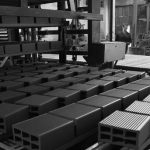
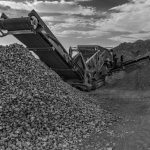


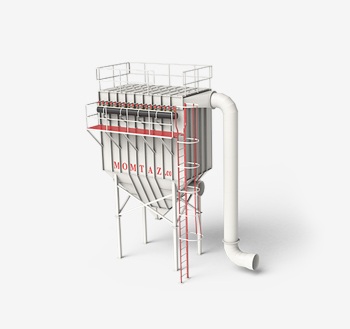
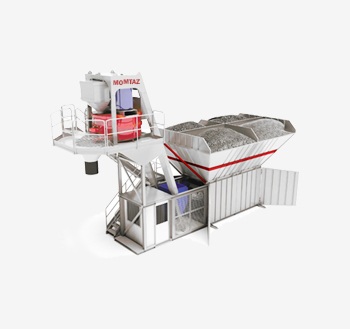
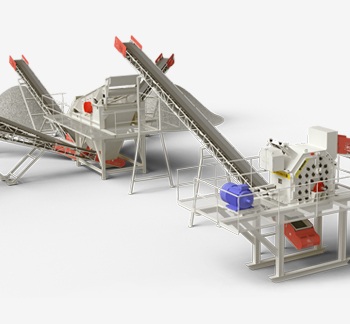
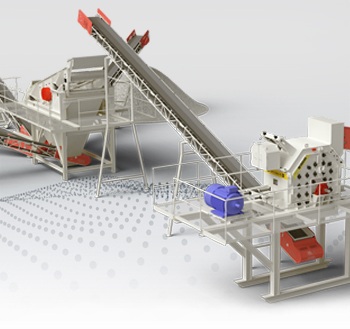
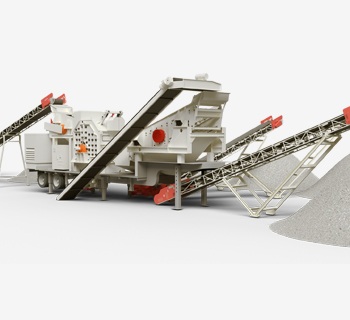

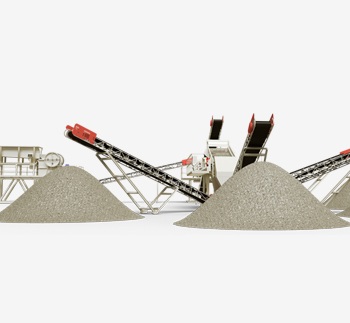
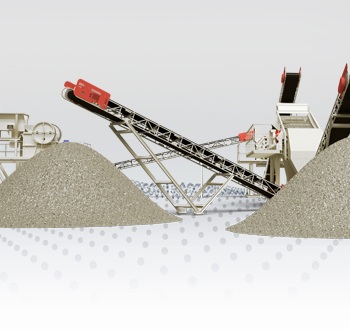
Reviews
There are no reviews yet.